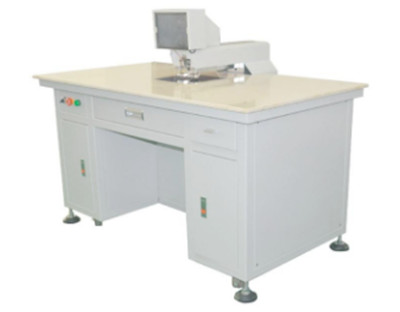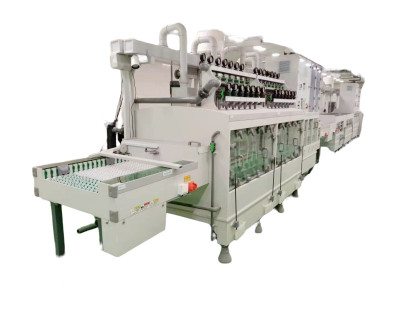At present, printed circuit board is still the main assembly mode of electronic equipment used for various electronic equipment and systems. Practice has proved that even if the circuit schematic is correctly designed and the printed circuit board is improperly designed, the reliability of electronic equipment will be adversely affected. For example, if two thin parallel lines of the printed board are close together, the delay of the signal waveform will be formed and the reflected noise will be formed at the end of the transmission line. Therefore, when designing the printed circuit board, we should pay attention to the correct method.
I, Ground wire design:
- In electronic equipment, grounding is an important method to control interference. If the grounding and shielding can be correctly combined, most interference problems can be solved. Ground wire structures in electronic equipment generally include system ground, enclosure ground (shielding ground), digital ground (logic ground) and analog ground. Attention shall be paid to the following points in the ground wire design: 1. Correct selection of single point grounding and multi-point grounding
In the low-frequency circuit, the working frequency of the signal is less than 1MHz, its wiring and inductance between components have less influence, while the circulating current formed by the grounding circuit has greater influence on the interference, so one point grounding should be adopted. When the signal operating frequency is greater than 10MHz, the ground wire impedance becomes large. At this time, the ground wire impedance should be reduced as much as possible, and the nearest multipoint grounding should be adopted. When the working frequency is 1~10MHz, if one point grounding is adopted, the length of the ground wire shall not exceed 1/20 of the wavelength, otherwise the multi-point grounding method shall be adopted.
- Separate digital circuit from analog circuit
There are both high-speed logic circuits and linear circuits on the circuit board, so they should be separated as far as possible, and the ground wires of the two should not be mixed, and they should be connected to the ground wire of the power supply terminal respectively. The grounding area of linear circuit shall be increased as much as possible. 3. The grounding wire shall be thickened as much as possible
If the grounding wire is very thin, the grounding potential will change with the change of current, resulting in unstable timing signal level of electronic equipment and poor anti noise performance. Therefore, the grounding wire should be thickened as much as possible, so that it can pass the allowable current of three positions on the printed circuit board. If possible, the width of the grounding wire should be greater than 3mm.
- Make the grounding wire into a closed loop
When designing the ground wire system of printed circuit board composed of digital circuits only, making the ground wire into a closed loop can obviously improve the anti noise ability. The reason is that: there are many integrated circuit components on the printed circuit board, especially when there are components that consume much power, due to the limitation of the thickness of the grounding wire, large potential difference will be generated on the grounding junction, causing a decline in the anti noise ability. If the grounding structure is a loop, the potential difference will be reduced, and the anti noise ability of electronic equipment will be improved.
II, EMC design:
EMC refers to the ability of electronic equipment to work coordinately and effectively in various electromagnetic environments. The purpose of EMC design is to enable electronic equipment to suppress all kinds of external interference, enable electronic equipment to work normally in a specific electromagnetic environment, and reduce the electromagnetic interference of electronic equipment to other electronic equipment.
- Select reasonable wire width
Since the impact interference caused by transient current on the printed wire is mainly caused by the inductance of the printed wire, the inductance of the printed wire should be minimized. The inductance of a printed wire is proportional to its length and inversely proportional to its width, so a short and precise wire is beneficial to interference suppression. The signal wire of clock lead, row driver or bus driver often carries large transient current, and the printed wire should be as short as possible. For discrete component circuits, when the printed wire width is about 1.5mm, the requirements can be fully met; For integrated circuits, the width of printed wire can be selected from 0.2 to 1.0mm,
- Use the right cabling strategy
The use of equal routing can reduce the conductor inductance, but the mutual inductance and distributed capacitance between the conductors increase. If the layout allows, it is better to use the well shaped mesh wiring structure. The specific method is that one side of the printed board is wired horizontally and the other side is wired longitudinally, and then it is connected with the metal hole at the cross hole.
In order to suppress the crosstalk between the wires of the printed board, long distance equal wiring shall be avoided as far as possible during the design of wiring, and the distance between wires shall be pulled as far as possible. The signal wire shall not cross with the ground wire and the power wire as far as possible. A grounded printed wire is set between some signal wires that are very sensitive to interference, which can effectively suppress crosstalk.
In order to avoid the electromagnetic radiation generated when high-frequency signals pass through the printed wire, the following points should also be paid attention to when wiring the printed circuit board: ● Try to reduce the discontinuity of the printed wire, for example, the wire width should not change suddenly, the corner of the wire should be greater than 90 degrees, and circular wiring is prohibited.
III, Suppress reflection interference:
In order to suppress the reflected interference at the terminals of printed lines, except for special needs, the length of printed lines should be shortened as much as possible and slow speed circuits should be used. If necessary, terminal matching can be added, that is, a matching resistor with the same resistance value can be added at the end of the transmission line to the ground and the power supply. According to experience, for general fast TTL circuits, terminal matching measures should be taken when the printed line is longer than 10cm. The resistance value of the matching resistance shall be determined according to the maximum value of the output drive current and the absorption current of the integrated circuit.
IV, Decoupling capacitor configuration:
In DC power supply circuit, the change of load will cause power supply noise. For example, in a digital circuit, when the circuit transitions from one state to another, a large spike current will be generated on the power line, forming a transient noise voltage. The configuration of decoupling capacitor can suppress the noise generated by load change. It is a conventional method for reliability design of printed circuit boards. The configuration principles are as follows:
- The power input terminal is connected with an electrolytic capacitor of 10~100uF. If the position of the printed circuit board allows, the anti-interference effect of the electrolytic capacitor of more than 100uF will be better.
- Configure a 0.01uF ceramic capacitor for each integrated circuit chip. If the space of the printed circuit board is too small to fit, a 1~10uF tantalum electrolytic capacitor can be configured for every 4~10 chips. The high-frequency impedance of this device is very small. The impedance is less than 12 in the range of 500kHz~20MHz, and the leakage current is very small (below 0.5uA).
- For devices with weak noise capacity and large current change when turning off, and memory devices such as ROM and RAM, decoupling capacitors should be directly connected between the power line (Vcc) and ground wire (GND) of the chip.
- The lead of decoupling capacitor shall not be too long, especially the lead of high-frequency bypass capacitor.
Dimensions of printed circuit board and configuration of components
The size of the printed circuit board should be moderate. If it is too large, the printed line will be long and the impedance will increase, which will not only reduce the noise resistance but also increase the cost; If it is too small, the heat dissipation is poor, and it is easy to be interfered by adjacent lines.
In terms of device layout, as with other logic circuits, the devices related to each other should be placed as close as possible, so as to obtain better anti noise effect. The clock inputs of the time generator, crystal oscillator and CPU are easy to generate noise, so they should be close to each other. It is very important that devices, small current circuits, large current circuits, etc. that are prone to generate noise should be as far away from logic circuits as possible. If possible, circuit boards should be made separately. 5、 Thermal design
V, Thermal design:
From the perspective of facilitating heat dissipation, it is better to install the printed boards vertically. The distance between boards should generally not be less than 2cm, and the arrangement of devices on the printed boards should follow certain rules
- For equipment cooled by free convection air, it is better to arrange the integrated circuit (or other devices) in the longitudinal way; For the equipment with forced air cooling, it is better to arrange the integrated circuits (or other devices) in a horizontal way:
- The components on the same printed board shall be arranged in zones as far as possible according to their calorific value and heat dissipation degree. The components with low calorific value or poor heat resistance (such as small signal transistors, small-scale integrated circuits, electrolytic capacitors, etc.) shall be placed at the top (entrance) of the cooling air flow, and the components with high calorific value or good heat resistance (such as power transistors, large-scale integrated circuits, etc.) shall be placed at the bottom of the cooling air flow.
- In the horizontal direction, high-power devices shall be arranged as close to the edge of the printed board as possible to shorten the heat transfer path; In the vertical direction, high-power devices shall be arranged as close as possible to the top of the printed circuit board, so as to reduce the impact of these devices on the temperature of other devices during operation.
- The devices sensitive to temperature should be placed in the area with the lowest temperature (such as the bottom of the equipment). Never place them directly above the heating devices. Multiple devices should be staggered on the horizontal plane.
- The heat dissipation of the printed circuit board in the equipment mainly depends on the air flow, so the air flow path shall be studied during the design, and the devices or printed circuit boards shall be reasonably configured. When air flows, it always tends to flow in a place with small resistance. Therefore, when configuring components on the PCB, it is necessary to avoid leaving a large space in a certain area. The configuration of multiple printed circuit boards in the whole machine should also pay attention to the same problem.
A lot of practical experience shows that the temperature rise of the printed circuit can be effectively reduced by using a reasonable device arrangement, so that the failure rate of devices and equipment can be significantly reduced.
The above are just some general principles for the reliability design of printed circuit boards. The reliability of printed circuit boards is closely related to specific circuits. In order to ensure the reliability of printed circuit boards to the greatest extent, it is not necessary to deal with specific circuits in the design.





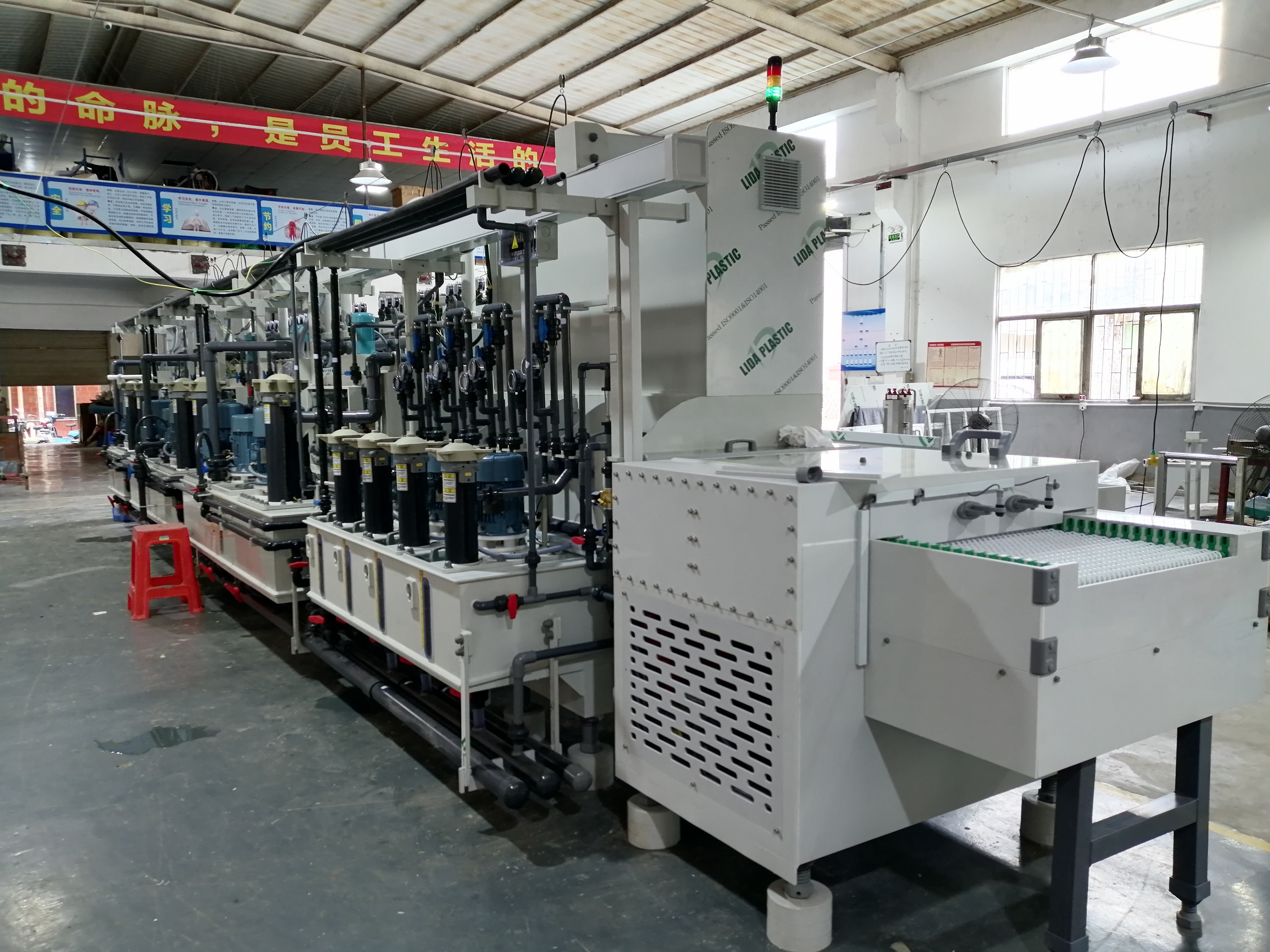
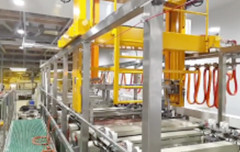
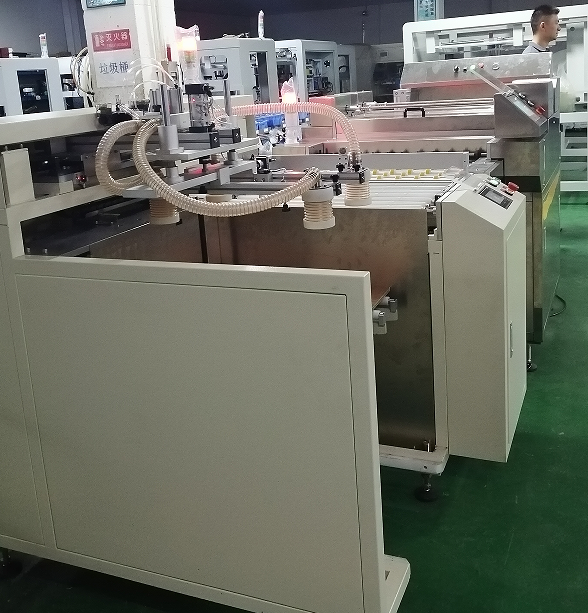
 Sep. 08, 2022
Sep. 08, 2022 